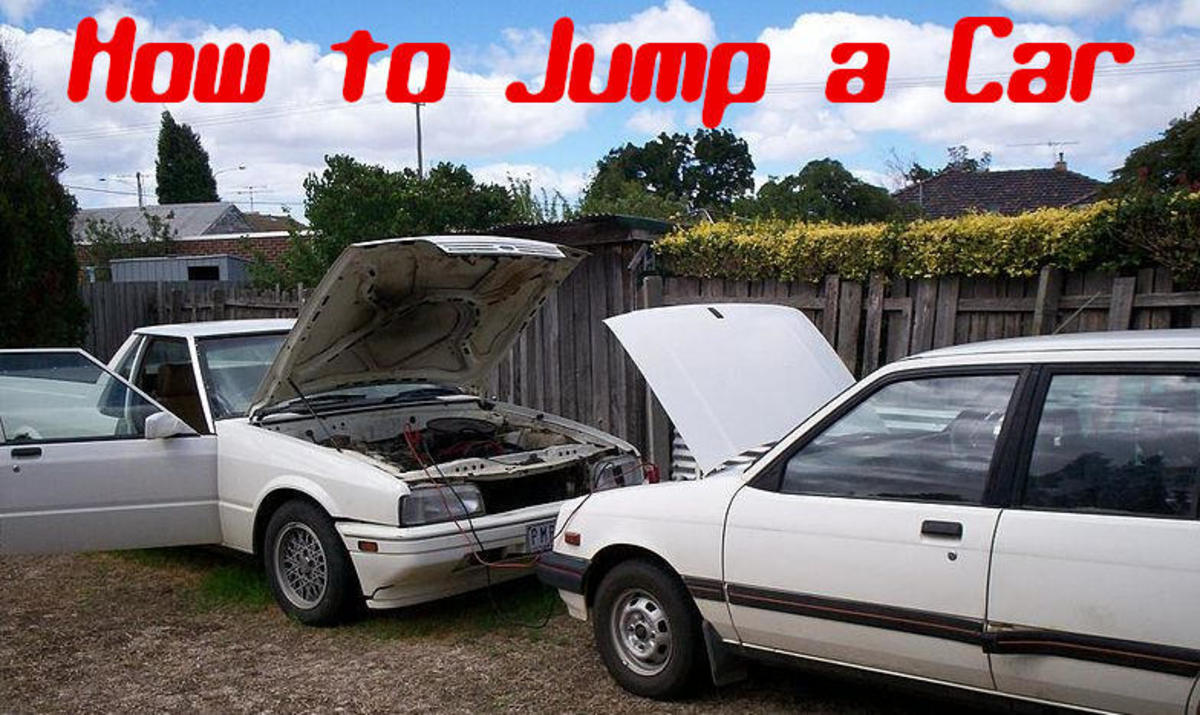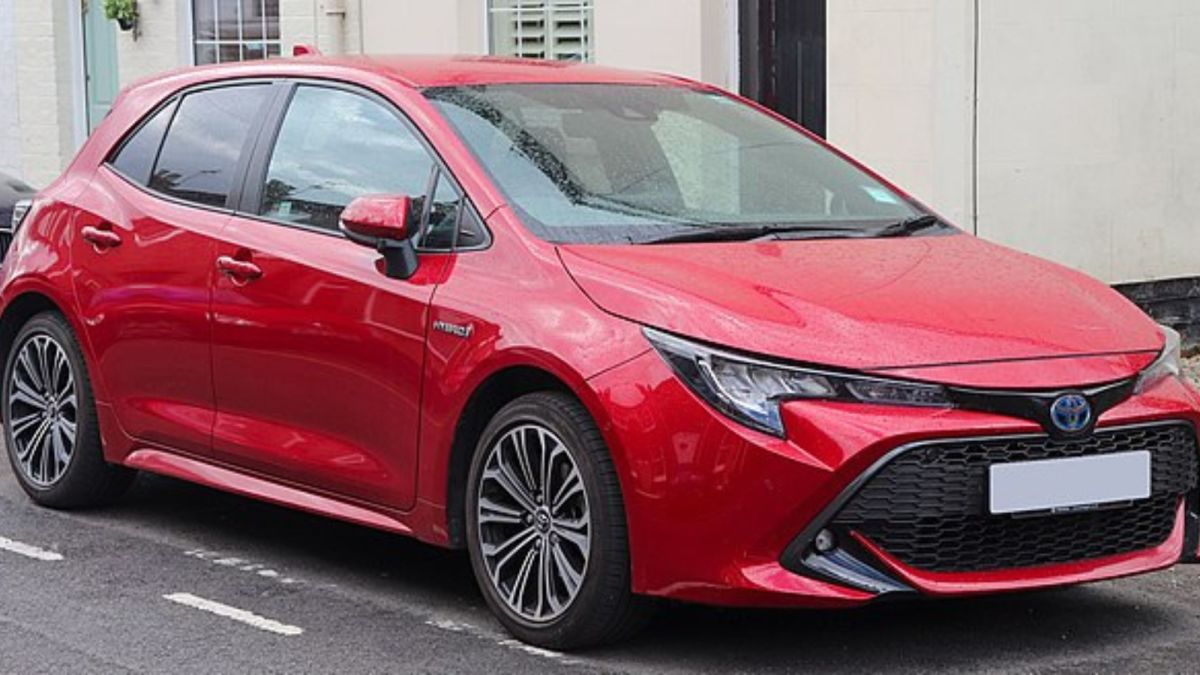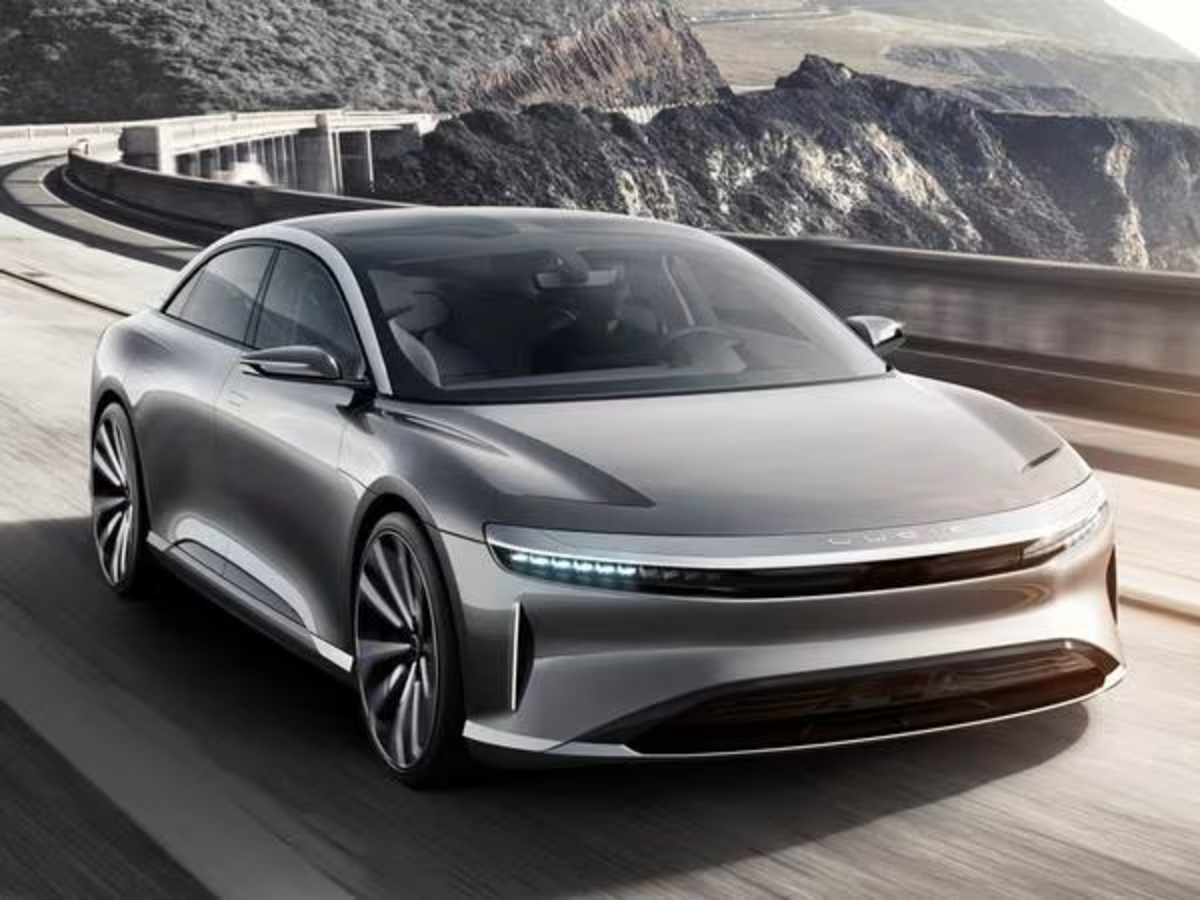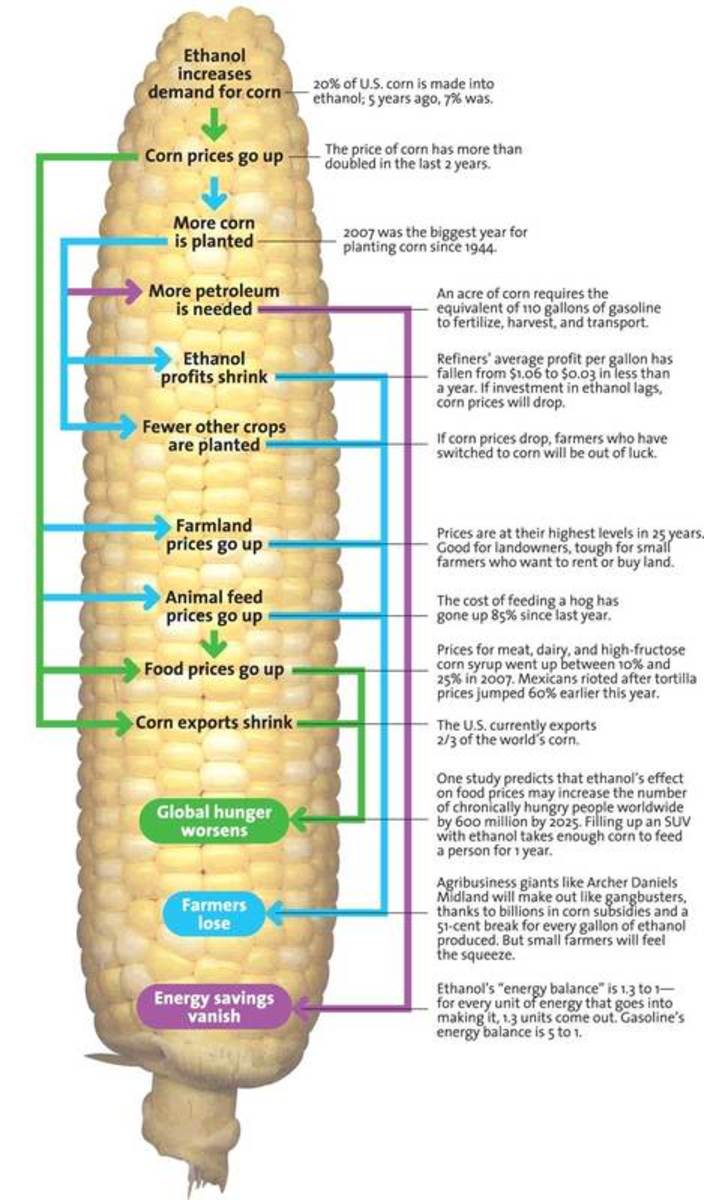Owner Review: Hyundai Sonata Hybrid
The Sonata Has a Sleek Body Style

Owner's Rating
The Hyundai Sonata Hybrid
Hyundai first released its hybrid version of the Sonata in the USA in 2011, and fans of hybrids as well as Hyundai enthusiasts waited eagerly for the new addition to the hybrid choices in the United States.
The hybrid Sonata has all the looks and style of the regular sonata (unlike those hybrids with unique designs that deviate from other styles in the maker's line-up), and comes it two basic models, a 'regular' model (which includes plenty of bells and whistles, such as power windows and door locks, built-in Bluetooth, basic stereo set-up, Sirius and other features), but does not have a sunroof, leather seats, GPS screen or back-up camera), and a model with all the trimmings.
To get additional features, you have to purchase the entire package (a $5,000 upgrade), which has caused some criticism among buyers who might want the leather seats and sun roof, for example, but don't care about the back-up camera.
The basic hybrid starts at around $25,000 - $26,000 (depends on your dealer, local taxes, and other factors). The souped-up version will be $5,000 more, plus whatever warranty add-ons you choose.
Sonata Hybrid Side View
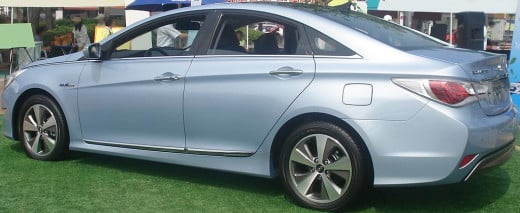
The Hyundai has a dash port for charging your iPod or iPhone
How Does the Hyundai Sonata Drive?
I've owned the Sonata Hybrid for about a year, and overall, I like it, but the car did take a bit of getting used to before driving it came naturally.
Unlike some hybrids, the all-important, heavy battery in the Sonata is in the trunk area. For me, this was one of most noticeable differences in driving this car, compared to the Subaru Outback (with standard shift) I had driven for several years before this purchase.
When you apply the brake, the weight of the battery in the rear still has some forward momentum, so you quickly learn to brake a bit harder than you might otherwise do. As with any car, you will indeed get the 'feel' of it and learn what amount of pressure works in each situation.
After driving a 'stick shift' for several years, the hybrid seemed to have less pep on the initial acceleration. I have never liked automatics, but I wanted to join the hybrid revolution, so I was stuck with the 'automatic-like' transmission. As with the weight of the battery, you do learn how to give the car the pep you need once you're used to it.
The car is designed for highway driving more than in-town trips; you'll often find you're zipping along at 80-plus mph without realizing it (well, often enough if your foot is made of lead, as mine sometimes seems to be). The car moves smoothly on major highways, and the interior is comfortable enough for long trips.
In general, there's less road noise than a non-hybrid, but because the car is not huge, and (aside from the heavy battery) isn't weighty, you will hear some noise on certain types of pavements.
The Sonata Hybrid is just plain fun to drive, though; it's cute, can be peppy at the right time, has style and handles well.
What About You?
Have you considered buying a hybrid car?
Blue Drive Screen on Hyundai Sonata Hybrid
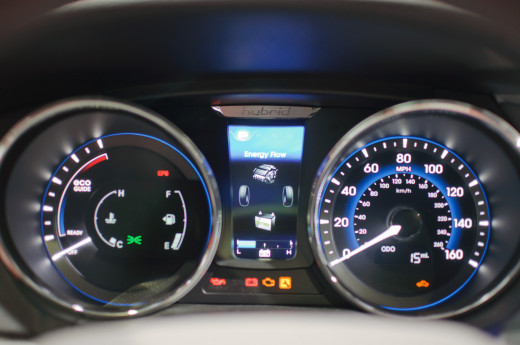
Pros and Cons Sonata Hybrid
There are good points and bad points about this car, but of course, that's the same with any car. First, the cons:
Poor visibility: If I could change one thing about the body design, it would be to allow more front and rear visibility on side views. Rear visibility is a chronic issue with many cars, but this one, in particular, takes some getting used to when you change lanes or back up (the rear-view camera is a good idea here). Some drivers say they feel they are sitting 'low' in the seat, which might be a factor, but the overall design simply limits your vision in the rear. In the front, the side roof supports seem a bit wide and are perhaps placed inconveniently. You can sometimes miss seeing a car or pedestrian that's just out of your side view.
Soft Tires: If you check online forums about the Hyundai Sonata, you'll see complaints about soft tires. I've had to replace two tires on mine, in less than 6,000 miles. Both were due to road hazards. The manufacturer says softer tires were installed to provide a smoother ride, but it appears the tires can get damaged easier than tougher treads. Some owners have switched to Michelin when their tires are ready to be replaced. Hyundai now offers a special warranty for road hazards.
No Spare Tire: Because the trunk is smaller, rather than a real spare, or even a donut, you get a can of Fix-a-Flat (yes, really). Given the apparent issue of tires that might be a bit on the soft side, Hyundai might want to rethink either the type of tire they install, or the design of the trunk in order to allow for a spare.
So-So Speakers in Basic Model: This is no big deal, but to a stereo enthusiast, it might be an issue. The sound system is 'okay,' but that's about it.
Limited Trunk Room: The trunk is definitely bigger than some two-door cars I've owned, but the space taken by the battery (placed in the rear) is noticeable, especially when you compare it to the generous cargo area the non-hybrid Sonata boasts.
Inaccurate EPA-Mileage Estimates: This is a recent (and legitimate issue) with the Sonata Hybrid as well as some other Hyundai and Kia models (the cars are manufactured by the same firm). The mileage on some models was overestimated, and of course some buyers relied on this information when making their choices. The EPA has now required Hyundai (and Kia) to reimburse owners for the 'lost' miles-per-gallon on their cars. Owners can register their cars and get their miles certified by their dealer, and then get a debit card to compensate for the loss. There's no information yet on the amount that will be (each car under this edict has varying mileage discrepancies), and there's no word on the amount the lawyers will siphon off before owners are compensated. But this does not take into account the reduced trade-in or resale value owners might experience.
Now for the "Pros" on the Hyundai Sonata Hybrid:
Fun to Drive: I said that before, didn't I? Well, yes, it's fun. It doesn't have the clunky look of some hybrids, and it handles well.
Built-in Bluetooth: I love this feature. I know this isn't hugely new to the automotive world, but if you haven't owned a car yet that allows you to answer the phone via your radio, you will love it, too. One click on the steering wheel and I can answer a call. And my radio screen tells me who it is, because the car is synched to my phone.
Key-less Door Locks: Years ago, I thought the button we clicked to get in the car was the living end. My new best friend is the key-free lock feature on this car. I never have to search through my purse to find the stupid key fob. The car senses I am near, and I just press the button on the door handle to lock and unlock the car. Even better, if I try to lock it while the key is in it, the car (being smarter than I am) won't let me. I'm in love.
Good Mileage! I can go more than 500 miles on one tank of gas, and that includes numerous one- or two-mile trips to the store or to church. The car doesn't quite get the excellent mileage the Toyota Prius is known for, but you can indeed get around 35 mpg in town. Highway mileage is supposed to be around 40 mpg, but that was published before the EPA requested an adjustment. Either way, it beats the mileage I was getting on the Subaru Outback, and I am happy with it.
The Sonata Hybrid has some other features that are fun, such as the "Blue Drive" screen on the dash, that shows your EPG and (for some reason) has a screen with the Planet Earth in the middle that begins adding additional planets as your eco-points add up. Fun, but not and essential element of car ownership.


